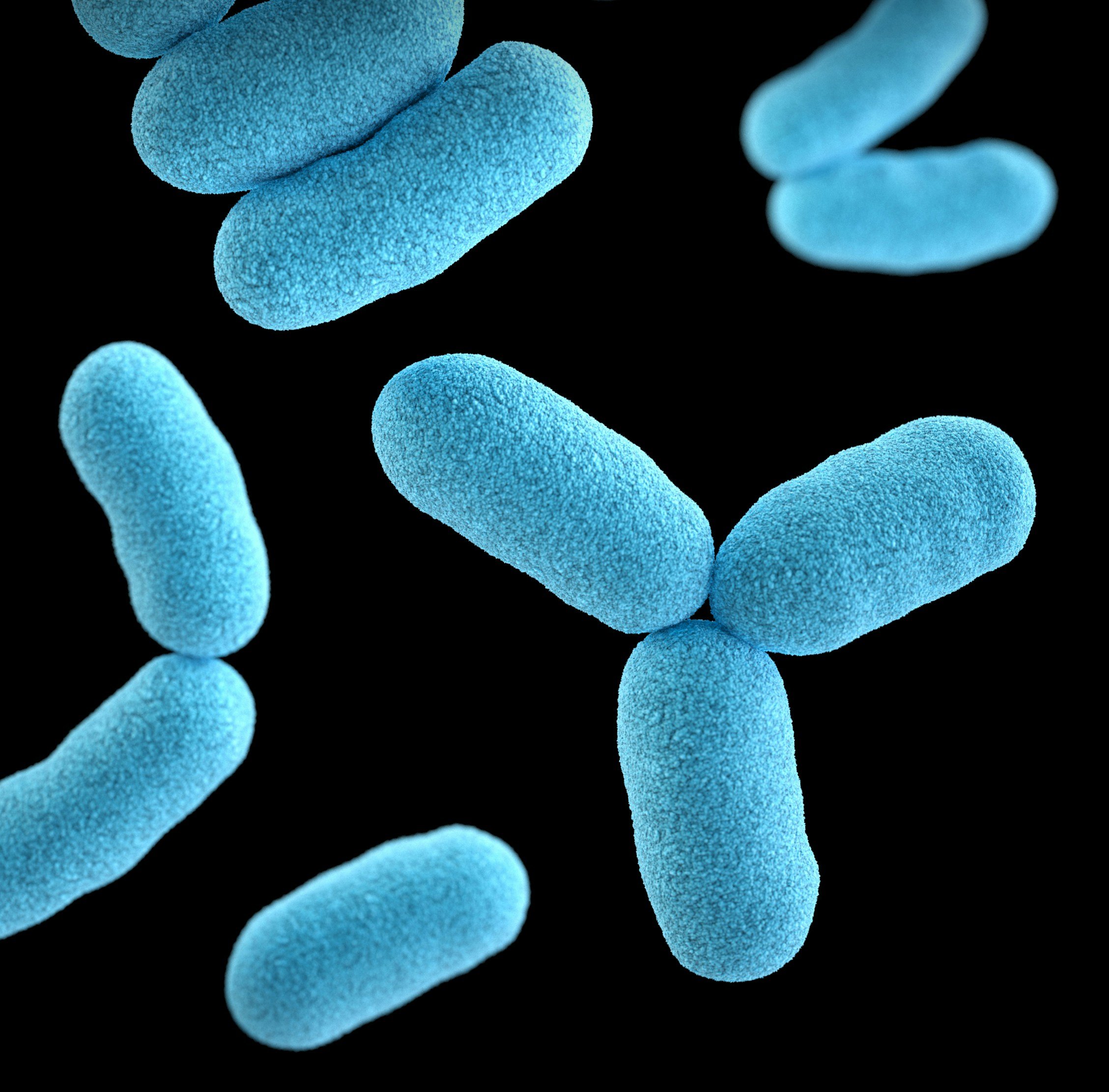The Truth About Fibermaxxing: How to Boost Gut Health Without the Bloat
TikTok can’t get enough of “fibermaxxing” — the trend where everyone’s loading up on beans, veggies, and chia seeds to boost gut health overnight.
The promise? Better digestion, glowing skin, balanced blood sugar, and unstoppable energy.
Fiber is amazing for your gut — but like any wellness trend, it’s not as simple as “more is better.” Jumping from 10 grams to 50 grams of fiber overnight might sound like a shortcut to gut health… until the gas, cramps, and bloating kick in.
The truth is, your gut needs time to adapt. Let’s unpack what fibermaxxing really means, why it’s trending, and how to build up your fiber intake safely — without feeling miserable in the process.
What Is Fibermaxxing?
Fibermaxxing is the viral trend built around maxing out your fiber intake — often aiming for 40–50 grams per day or more.
It usually looks like this:
Adding multiple types of beans, lentils, and seeds to a single meal
Loading smoothies with fiber powders or psyllium husk
Building “high-volume” meals filled with veggies and oats
The intention is great — satiety, blood sugar balance, and improved digestion.
But the problem is the pace: your digestive system can’t handle a huge fiber jump all at once. Like any new habit, it needs to be eased in.
Why Your Gut Can’t Adapt Overnight
Fiber feeds your good gut bacteria — but they can’t multiply overnight.
If you go from 0 to 60 grams of fiber overnight, your microbes simply aren’t ready for that much fuel.
That’s when the bloating, cramping, and “why do I feel six months pregnant?” moments show up.
Just like you wouldn’t walk into the gym and deadlift 200 pounds your first day back, your gut needs training too.
You have to give your microbiome time to adjust and expand so it can handle higher fiber loads comfortably.
How to Train Your Gut for More Fiber
The secret to long-term gut health isn’t about extremes — it’s about gradual consistency.
Here’s how to build your tolerance safely:
Start small: Add 5 grams of fiber at a time, holding steady for a few days before increasing.
Mix it up: Rotate different types of fiber. Fruits, veggies, beans, seeds, sweet potatoes, and grains like oats and quinoa all feed different bacteria.
Hydrate: Fiber acts like a sponge in your digestive system. Without enough water, it can feel heavy and uncomfortable.
Move your body: Gentle movement (like walking after meals) supports motility and helps prevent bloating.
Think of it as “fiber training” — building strength over time, not pushing for a personal record on day one.
Start Small: Easy Fiber Upgrades That Add Up
You don’t need an overhaul to get benefits. A few swaps can make fiber feel less intimidating:
Add 1 tablespoon of chia or flax seeds to yogurt or smoothies, then work up to more.
Swap crackers for apple slices with nut butter or carrots with hummus for an easy fiber + fat combo.
Choose whole fruit instead of juice — keeping the skin and pulp gives you the most benefit.
Double your vegetable sides — add both broccoli and cauliflower for more variety.
Stir ¼ cup of beans or lentils into soups, bowls, or salads for a slow-and-steady boost.
These micro-shifts compound over time — giving your gut the diversity it craves, without the discomfort.
Maxx Without the Bloat
Dinner and legumes are fiber jackpots, but moderation is key.
Ease your system in by:
Starting with just ¼ cup of beans, then gradually increasing to ½ cup or more.
Properly soaking, rinsing, and cooking beans to reduce gas-forming compounds.
Using spices like cumin, ginger, or fennel to support digestion naturally.
And remember — more variety = a happier microbiome. Combining different plant foods gives your gut bacteria more “food groups” to thrive on.
Fiber Needs Water to Work
Building tolerance takes time and hydration. Fiber acts like a sponge, so without enough fluids, it can cause that heavy, sluggish feeling.
Aim for at least 8 cups of water per day, and more if you’re active or in warm weather.
Pair fiber-rich foods with fluids — think soups, smoothies, or herbal teas.
The safest way to “fibermaxx” is to increase slowly — about 5 grams per week — so your gut can adjust comfortably.
Your digestive system will thank you for the slow build.
Key Takeaways: Feed Your Gut — But Do It Slow
Fiber is powerful, but your gut needs time to adapt.
Rapid increases can cause bloating, gas, and cramps.
Build up gradually — add 5 grams per week.
Hydrate consistently to keep digestion smooth.
Variety matters — mix veggies, beans, seeds, and fruits.
Your microbiome thrives on routine. It flourishes when you feed it consistently, not chaotically.
Small Shifts, Big Gut Wins
The best gut health routines are simple, steady and personalized. Start with small, steady shifts that your gut can handle, and that you can sustain long-term.
If you’re ready to go deeper, our Gut Glow Program helps you master digestion, reduce bloating, and feel confident in what your body needs. In just four months, you’ll learn how to nourish your gut from the inside out — with real food, sustainable habits, and expert support.
Sources
Batya Swift Yasgur. (2025, August 8). Should I Encourage “Fibermaxxing” in My Patients? Medscape. https://www.medscape.com/viewarticle/should-i-encourage-fibermaxxing-my-patients-2025a1000l2i
Caitlin Taylor So. (2025, July 18). You Are When You Eat: Microbiome Rhythm and MetabolicHealth. Medscape. https://www.medscape.com/viewarticle/you-are-when-you-eat-microbiome-rhythm-and-metabolic-health-2025a1000j36
Masi, D., Le Roy, T., Adriouch, S., & Clément, K. (2024). Nourishing the gut: The impact of diet on host–gut microbiota interaction. Current Opinion in Clinical Nutrition and Metabolic Care, 27(4), 361–371. https://doi.org/10.1097/MCO.0000000000001009
Slavin, J. L. (2013). Fiber and prebiotics: Mechanisms and health benefits. Nutrients, 5(4), 1417–1435. https://pubmed.ncbi.nlm.nih.gov/23609775/
U.S. Department of Agriculture & U.S. Department of Health and Human Services. (2020). Dietary Guidelines for Americans, 2020–2025 (9th ed.). https://www.dietaryguidelines.gov/resources/2020-2025-dietary-guidelines-online-materials/food-sources-select-nutrients/food-sources-fiber#standardfiber





